SFN 2019
Recent articles
Loss of insulation on neurons may contribute to autism
Genes involved in the formation of myelin, a fatty substance that sheathes neurons, are altered in autistic people and in several mouse models.
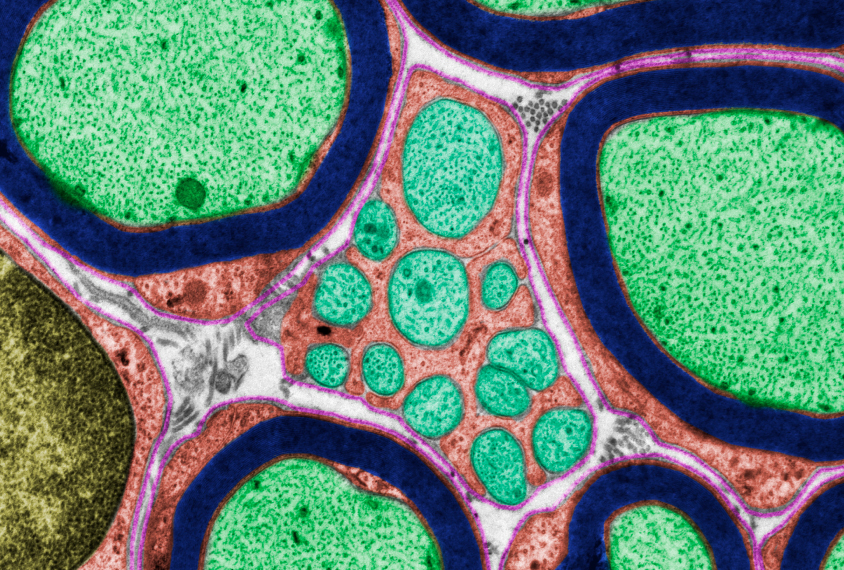
Loss of insulation on neurons may contribute to autism
Genes involved in the formation of myelin, a fatty substance that sheathes neurons, are altered in autistic people and in several mouse models.
In brain imaging studies of autism, location may alter results
A new analysis hints at the source of the rampant inconsistency among brain imaging studies in autism: significant differences among study sites.

In brain imaging studies of autism, location may alter results
A new analysis hints at the source of the rampant inconsistency among brain imaging studies in autism: significant differences among study sites.
Spheres of brain cells may offer crystal ball for autism’s origins
Researchers have monitored the active genome in brain organoids over the course of nearly two years — and may find clues to autism’s roots.
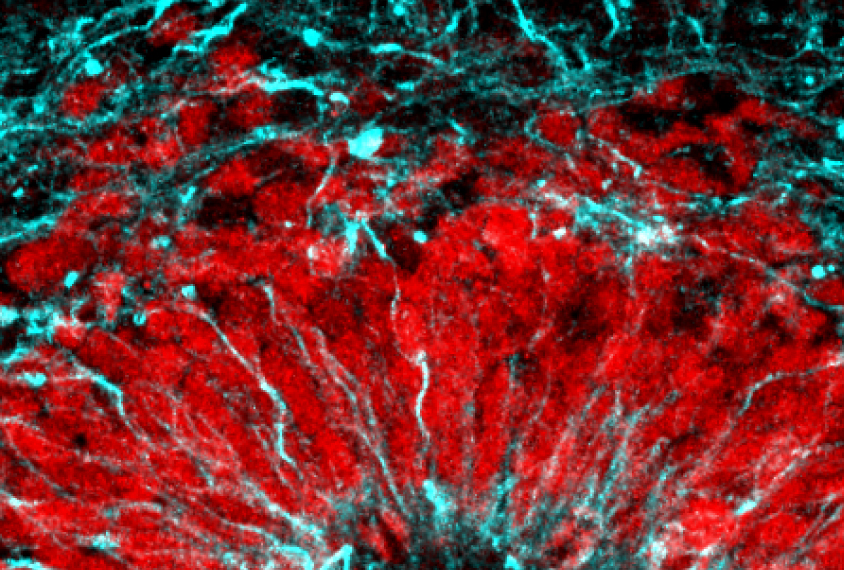
Spheres of brain cells may offer crystal ball for autism’s origins
Researchers have monitored the active genome in brain organoids over the course of nearly two years — and may find clues to autism’s roots.
Fever’s immune effect on brain may ease autism traits
An immune molecule produced during a fever improves sociability in three mouse models of autism.
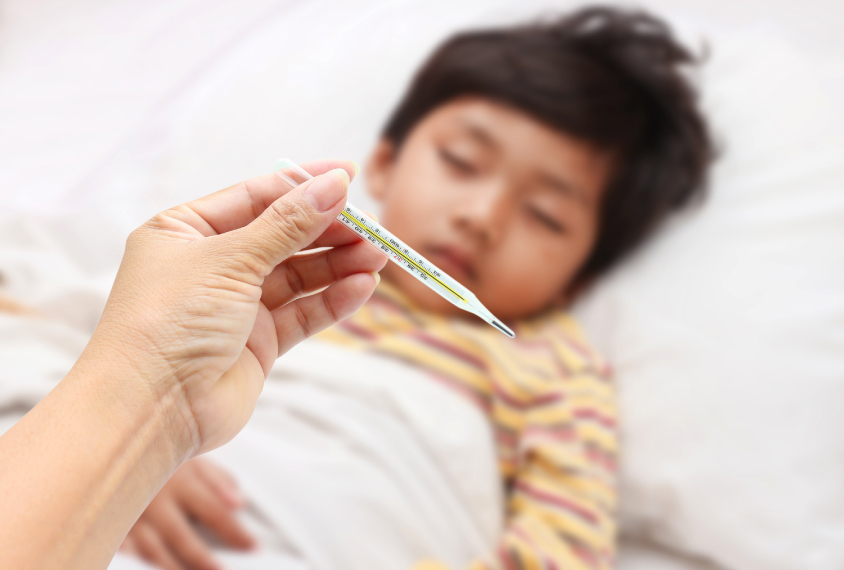
Fever’s immune effect on brain may ease autism traits
An immune molecule produced during a fever improves sociability in three mouse models of autism.
Takeaways from SfN 2019
Thousands of research presentations, five days: Spectrum looks back at the 2019 Society for Neuroscience annual meeting in Chicago.

Takeaways from SfN 2019
Thousands of research presentations, five days: Spectrum looks back at the 2019 Society for Neuroscience annual meeting in Chicago.
Brain scans from one person build reliable map of brain activity
Mapping brain activity in one person doing multiple tasks creates a more accurate picture of the brain than averaging the brain activity of multiple people doing a single task.
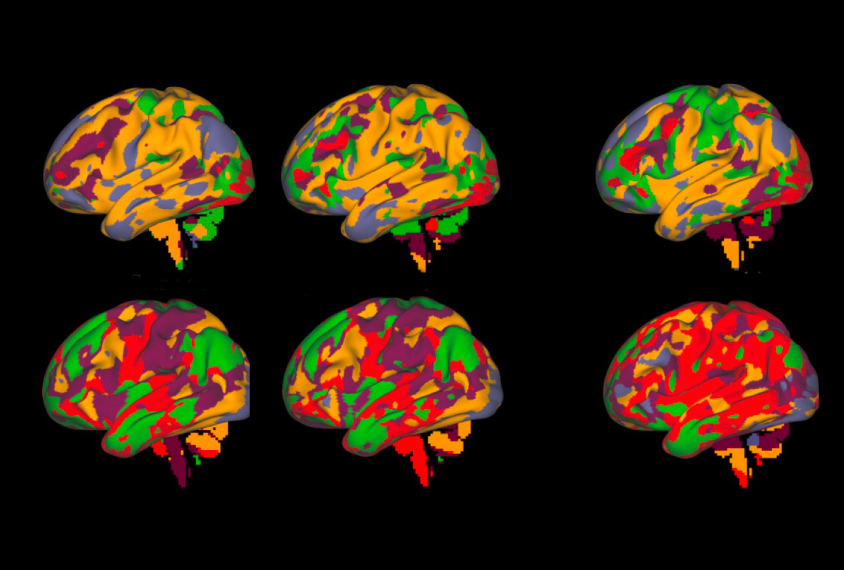
Brain scans from one person build reliable map of brain activity
Mapping brain activity in one person doing multiple tasks creates a more accurate picture of the brain than averaging the brain activity of multiple people doing a single task.
Drug counteracts effects of doubled autism gene
An experimental drug tamps down the expression of a gene duplicated in an autism-related condition and restores typical behavior in mice.

Drug counteracts effects of doubled autism gene
An experimental drug tamps down the expression of a gene duplicated in an autism-related condition and restores typical behavior in mice.
Mass-produced organoids hint at diversity of autism
Researchers have analyzed thousands of brain organoids derived from six autistic people, gaining the potential to rapidly screen drugs.
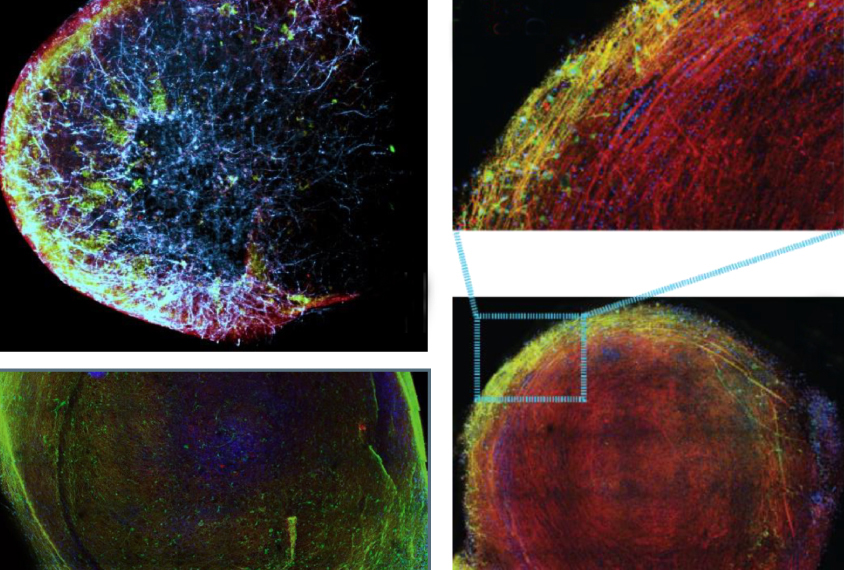
Mass-produced organoids hint at diversity of autism
Researchers have analyzed thousands of brain organoids derived from six autistic people, gaining the potential to rapidly screen drugs.
Leaky mitochondria may play central role in fragile X syndrome
Some traits of fragile X syndrome may be due to problems with mitochondria, the cell’s energy factories.
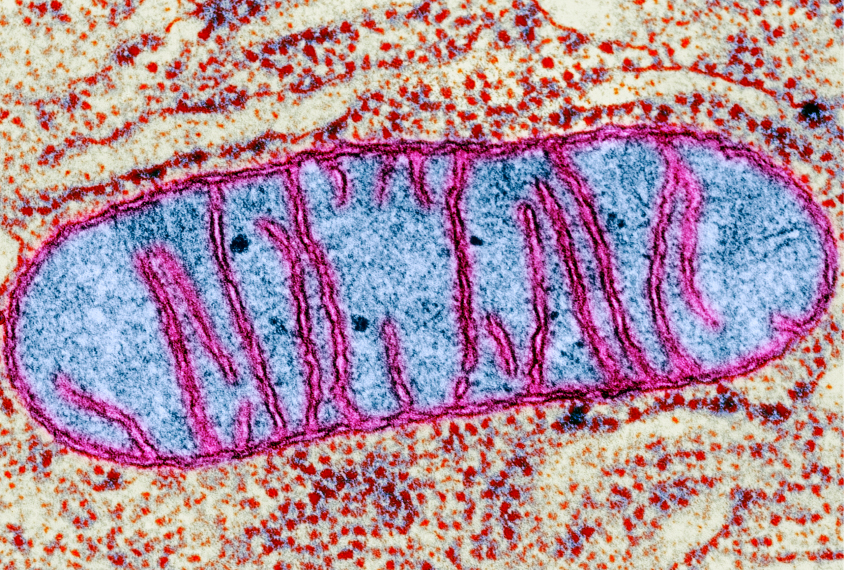
Leaky mitochondria may play central role in fragile X syndrome
Some traits of fragile X syndrome may be due to problems with mitochondria, the cell’s energy factories.
Rat model mimics communication problems in Angelman syndrome
Rats missing UBE3A, the gene mutated in people with Angelman syndrome, squeak frequently but tend not to be responsive to the play and squeaks of other rats.
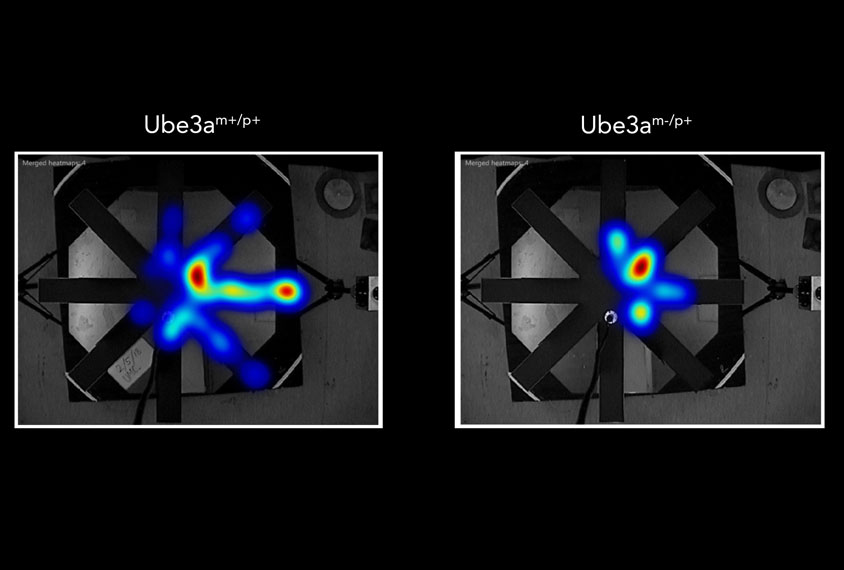
Rat model mimics communication problems in Angelman syndrome
Rats missing UBE3A, the gene mutated in people with Angelman syndrome, squeak frequently but tend not to be responsive to the play and squeaks of other rats.
Explore more from The Transmitter
The Transmitter’s most-read neuroscience book excerpts of 2025
Books by Nachum Ulanovsky, Nicole Rust, and Andrew Iwaniuk and Georg Striedter made the list of some of the year's most engaging neuroscience titles.

The Transmitter’s most-read neuroscience book excerpts of 2025
Books by Nachum Ulanovsky, Nicole Rust, and Andrew Iwaniuk and Georg Striedter made the list of some of the year's most engaging neuroscience titles.
Neuroscience’s leaders, legacies and rising stars of 2025
Here are seven stories from the past year about some of the field’s most engaging figures.

Neuroscience’s leaders, legacies and rising stars of 2025
Here are seven stories from the past year about some of the field’s most engaging figures.
The Transmitter’s top news articles of 2025
Check out some of our most-read stories, covering neuroscience funding and policy changes in the United States, and methodological issues in high-profile neuroscience papers.

The Transmitter’s top news articles of 2025
Check out some of our most-read stories, covering neuroscience funding and policy changes in the United States, and methodological issues in high-profile neuroscience papers.